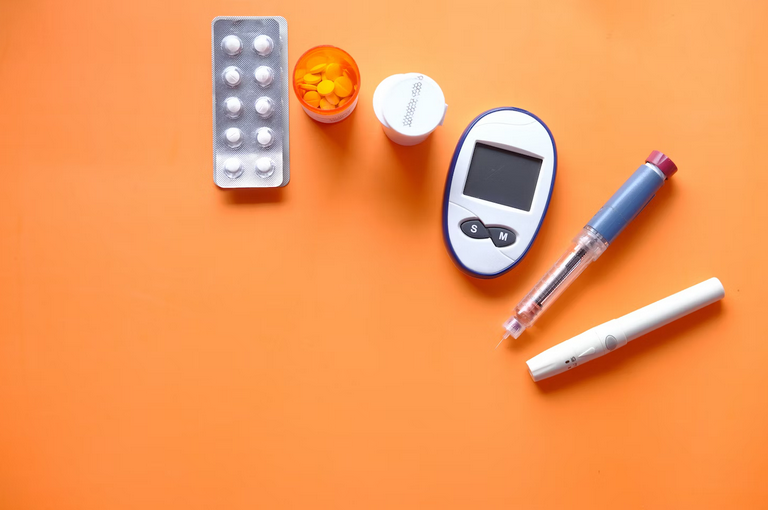Ways Diabetes Affects Your Skin

Diabetes is a complex and chronic medical condition affecting millions worldwide. While it primarily impacts blood sugar regulation, diabetes can have far-reaching consequences on various body parts, including the skin. This blog post will explore how diabetes affects your skin, shedding light on the importance of proper skin care and diabetes management to maintain healthy skin.
Dry Skin and Dehydration

One of the most common dermatological issues individuals face with diabetes is dry skin. High blood sugar levels can lead to increased fluid loss through urination, resulting in dehydration. Dehydrated skin can become dry, flaky, and itchy. Proper hydration, both from within by drinking sufficient water and through the use of moisturizers, is crucial for alleviating dry skin symptoms. Although using a supplement to manage blood sugar can help, you should consider talking to your doctor.
Skin Infections and Delayed Healing
Diabetes can compromise the immune system’s ability to fight infections effectively. This can make individuals with diabetes more susceptible to various skin infections, including bacterial, fungal, and yeast infections. Moreover, diabetes can slow down the body’s natural healing processes.
Minor cuts, scratches, or wounds may take longer to heal, increasing the risk of infection. Maintaining good hygiene, keeping skin clean and dry, and promptly treating wounds or infections are vital to prevent complications.
Diabetic Dermopathy
Diabetic dermopathy is a skin condition characterized by small, brown patches often appearing on the shins. These patches are harmless but can be unsightly. The exact cause of diabetic dermopathy is poorly understood, but it is believed to be related to changes in blood vessels and damage to small blood vessels caused by diabetes. Managing blood sugar levels may help prevent or improve this condition.
Acanthosis Nigricans
Acanthosis nigricans is a skin condition characterized by dark, thickened patches of skin, typically found in skin folds, such as the neck, armpits, and groin. It is often associated with insulin resistance, a common feature of type 2 diabetes. While acanthosis nigricans itself is not harmful, it can be a sign of underlying health issues and may prompt further evaluation by a healthcare professional.
Itchy Skin (Pruritus)
Persistent itching, or pruritus, is another common skin problem experienced by people with diabetes. Itchy skin can result from dryness, poor circulation, or nerve damage (diabetic neuropathy). Scratching the skin can lead to wounds or infections, so managing itching effectively is crucial. Consult a dermatologist for appropriate treatments and recommendations for managing pruritus.
Nail Changes and Infections

Diabetes can affect the health of your nails. Some individuals with diabetes may experience changes such as thickening, yellowing, or fungal infections of the nails. Proper foot care, including regular inspection and maintenance of nails, can help prevent complications. If you notice any nail changes or infections, seek prompt treatment from a healthcare provider.
Skin Discoloration
Diabetes can lead to changes in skin color, typically appearing as brown or tan patches. These changes, known as diabetic pigmented purpura, are more common in older adults with diabetes. While they are generally harmless, they can be a cosmetic concern for some individuals. Managing diabetes and maintaining a healthy lifestyle can help prevent or mitigate these skin discolorations.
Living with diabetes requires vigilant management of various aspects of your health, and your skin is no exception. The effects of diabetes on the skin can range from dryness and itching to more serious complications such as infections and delayed wound healing. However, with proper care and diabetes management, many of these skin issues can be prevented or controlled.



